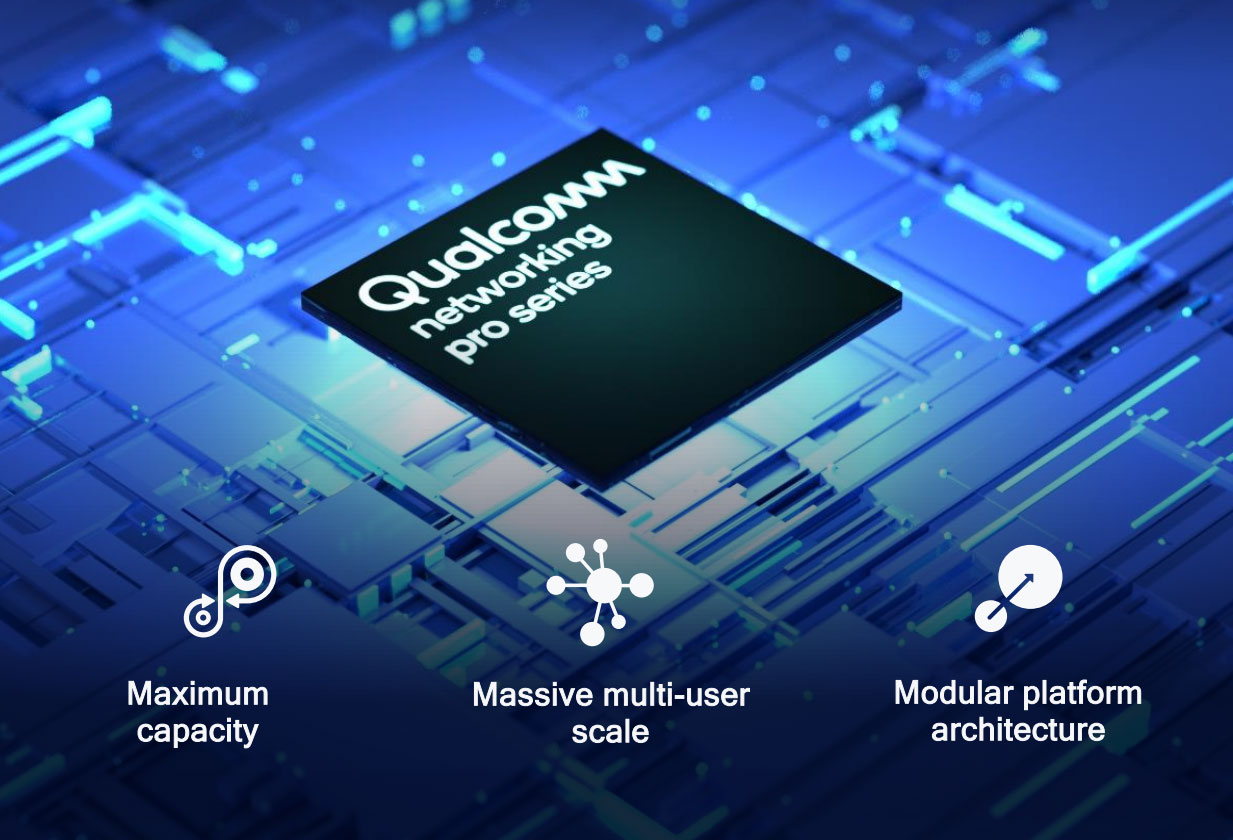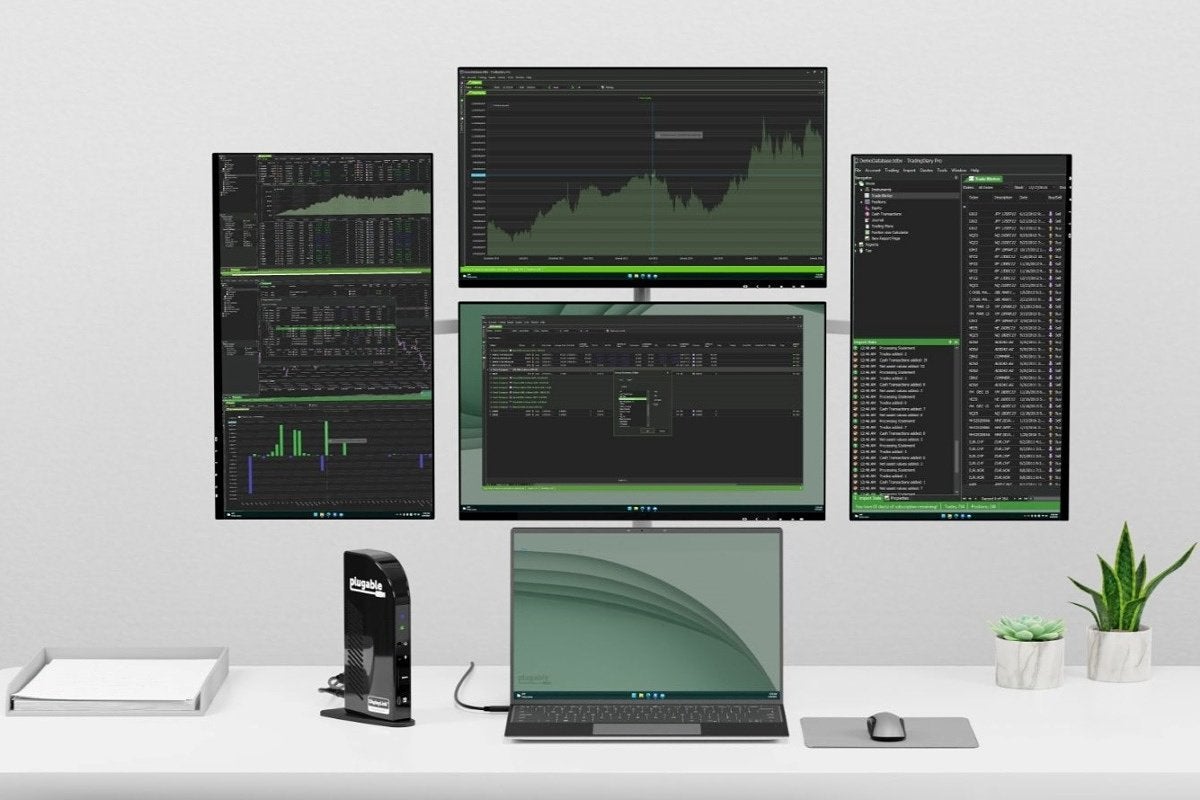[ad_1]
Qualcomm just announced its new Wi-Fi 7 Networking Pro Series 3 platform to power the next generation of high-end routers and access points.
This platform claims extremely high peak aggregated bandwidth (33 Gbps with 16 streams and 4 bands) and latency, although I haven’t seen actual latency numbers yet. Individual device-to-device connections might even peak at 5-10 Gbps on the internal network, far higher than many wired connections.
I like Qualcomm’s Multi-Link operation (MLO) as it simultaneously enables all three bands (2.4, 5, 6 Ghz) to transport data. The router is smart enough to dynamically adapt to changing network conditions and optimally route packets on various bands. It’s one of Qualcomm’s “secret sauce, ” and little detail is provided.

To cover a wide range of use cases going from Enterprise to home enthusiasts, Qualcomm makes it possible to scale the number of supported streams and bands. Increasing the number of streams is best if you have many clients connected simultaneously.
The higher number of available bands is beneficial to avoiding radio congestion, and it helps improve the coverage as different bands penetrate materials differently. In my experience, even home enthusiasts would be delighted with the entry-level 6-stream + Tri-band this series offers.


Now, the chances are that network clients such as laptops and phones will initially lag behind these new routers. However, there are still immediate benefits because Wi-Fi mesh networks use this new tech in inter-nodes communications.
Also, this platform is much more efficient at managing radio congestion and interferences than its predecessor. This should lead to a better average network experience, even without upgrading your mobile devices.
Because Wi-Fi infrastructure tends to stay for a long time after it’s installed, I often recommend people to go for the best technology they can afford. There’s no doubt many people still use a 54Mbps router and would be shocked by the improvements if they were to upgrade to a more recent basic Wi-Fi standard.
For professionals, this level of Wi-Fi performance and functionality is a no-brainer option because the ongoing productivity gains for employees should easily offset the initial cost, especially in a data-heavy environment (Creative, Workstations, large file transfers).
Wi-Fi has seen major updates in the past few years, including the mesh-wifi revolution, and the pace of progress remains impressive. That can make it a little hard to commit when you replace your router, but you won’t regret it . At the moment, Qualcomm is “sampling” the platform to its OEM customers, so it will take about ~1 year before products hit the shelves. By that time, high-end phones will be ready.
Filed in . Read more about Qualcomm.
[ad_2]
Source link



